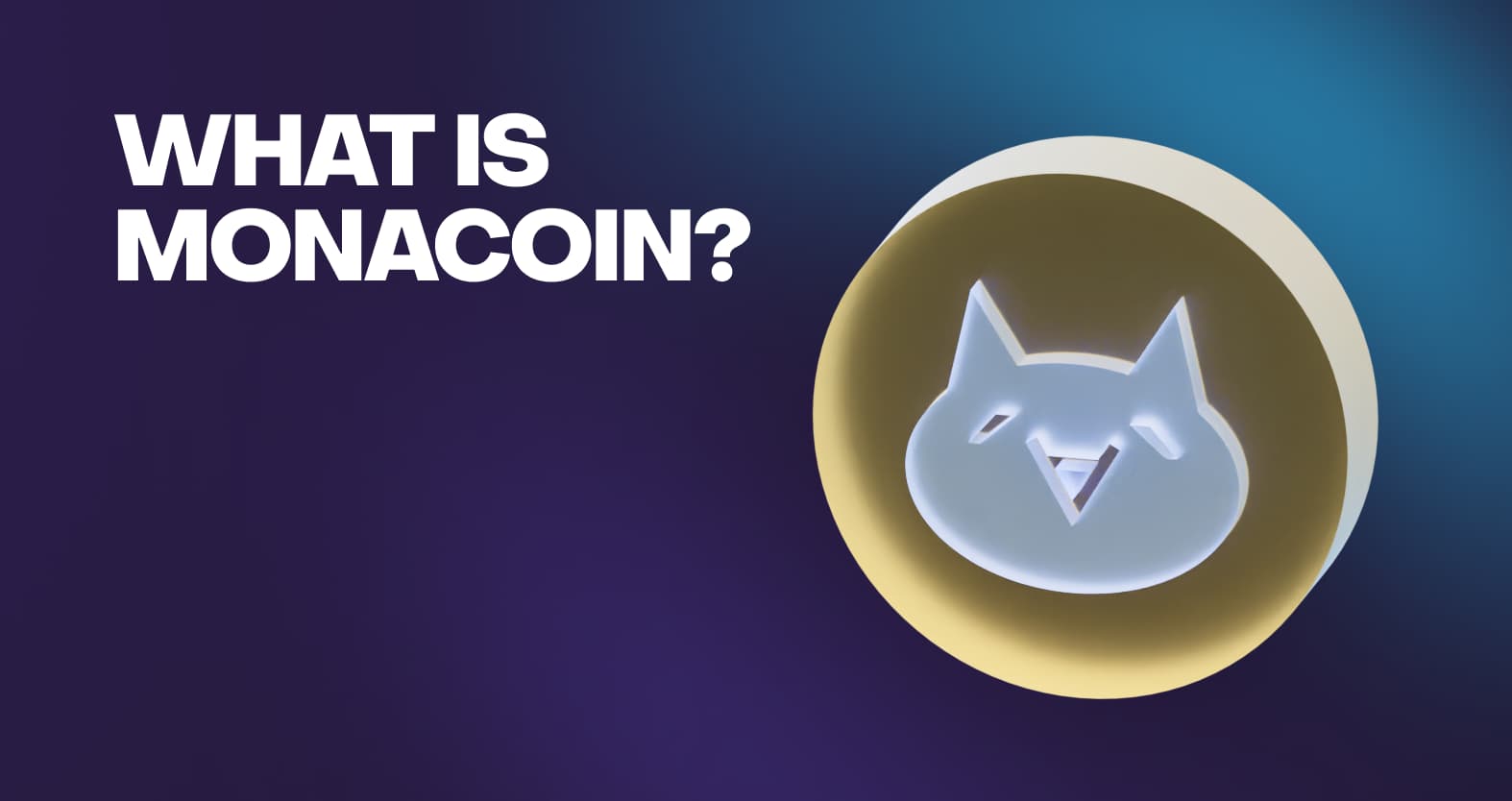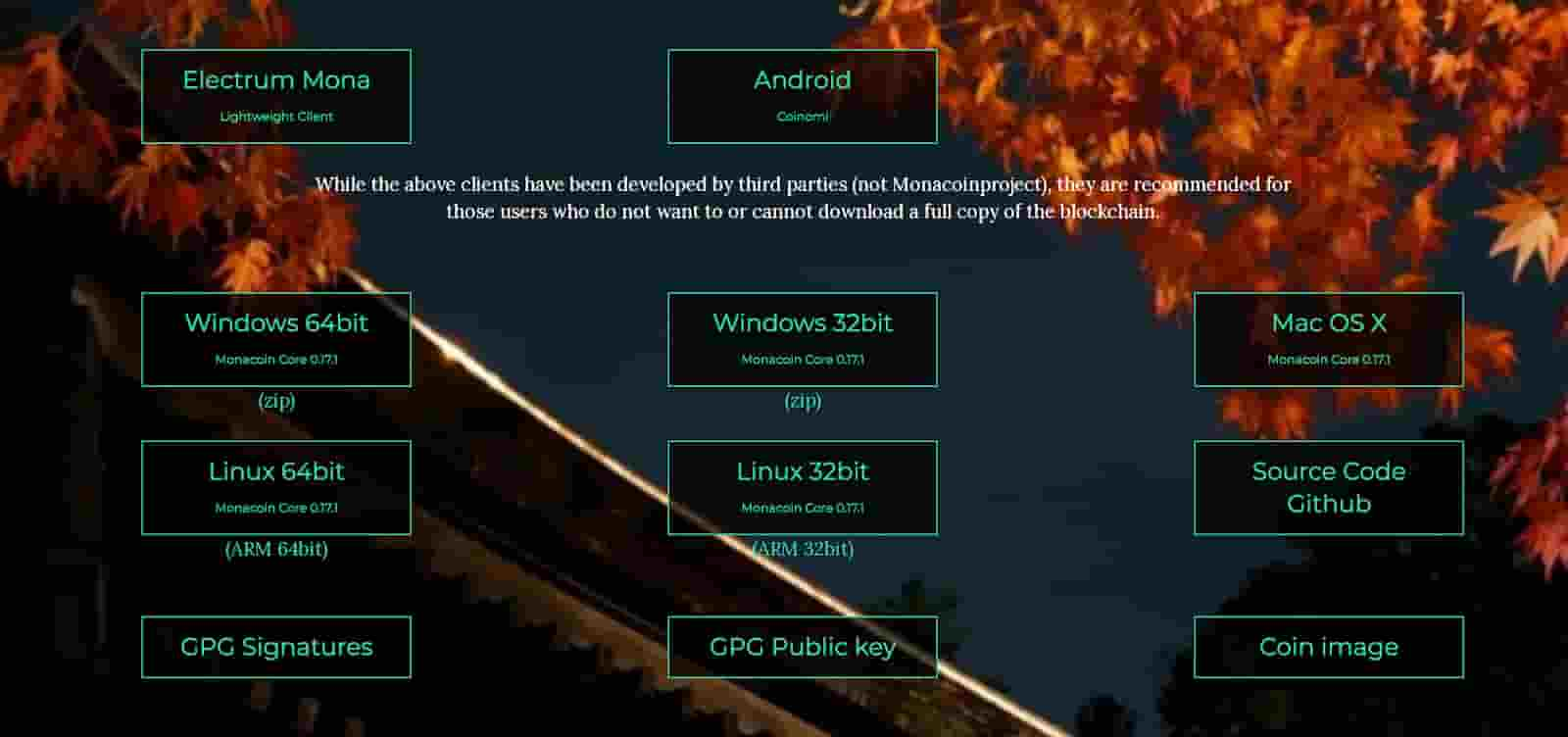
Table of contents
Following the birth of Litecoin and other Bitcoin alternatives, MonaCoin entered the market. Focused on becoming the most widely-used cryptocurrency in Japan, MonaCoin added enhanced features to Litecoin's codebase to try to create a superior option.
In the still maturing cryptocurrency space, it is rare to hear of a cryptocurrency mostly limited to a single jurisdiction, as they are inherently borderless and permissionless. In the case of MonaCoin, a peer-to-peer digital cash alternative, it was born out of Japan and still largely caters to the Japanese population. Dubbed as the self-proclaimed national cryptocurrency of Japan, MonaCoin does not offer a lot of functionality beyond storing and transferring value, making it ripe for the competition to overtake it. Still, MonaCoin does have some distinctly unique features meant to set itself apart from competitors, with most aspects focusing on making MonaCoin a faster and more cost-effective alternative than other cryptocurrencies.
Breaking Down MonaCoin (MONA)
Following in the footsteps of Bitcoin - the world's most used and established cryptocurrency - MonaCoin was also created by a pseudonymous creator. Formulated in December 2013 and officially launched on January 1st, 2014, MonaCoin was created by an unknown 'Mr. Wantanabe', a decision obviously made in reverence to Bitcoin's Satoshi Nakamoto. Bitcoin is developed by different public development teams, such as the Bitcoin Core contributors, but MonaCoin's team is still completely anonymous. For many new projects, an anonymous team is a major red flag, but MonaCoin launched with no pre-mine, meaning there are no hidden coins the team is stashing away to dump on the market later. There is not much threat of a rug pull either, as MonaCoin has been operational for the larger half of a decade.
MonaCoin Features
Following its launch in 2014, MonaCoin originally centered on becoming the most usable and inexpensive cryptocurrency for its users, specifically Japanese users. MonaCoin is a hard fork of Litecoin, which is a hard fork of Bitcoin, with all three cryptocurrencies working to solve a similar problem but trying to do so in a more efficient manner. Litecoin was forked to create a “better” version of Bitcoin, and MonaCoin forked Litecoin for the exact same reason. Unlike Bitcoin and Litecoin, MonaCoin has a much larger circulating and maximum supply while also running on a different native hashing algorithm than SHA-256 or Scrypt.
GPU Compatible to Empower the Average User
With a focus on application-specific integrated circuit (ASIC) resistance, MonaCoin originally ran on the Scrypt hashing algorithm until Scrypt-based ASIC miners were created. This forced MonaCoin to switch to Lyra2REv2 - a Proof of Work consensus algorithm - in order to encourage GPU crypto mining. ASIC miners are expensive, highly technical, and much more efficient when compared to GPUs, making it impossible for regular GPU miners to compete. To continue its mission as a highly accessible and easily verifiable chain for all, MonaCoin prioritizes GPU mining, as it only requires a basic computer and limited amounts of energy compared to ASIC mining.
Shorter Block Times
Another major differentiation point between MonaCoin and its competitors like Bitcoin, Litecoin, Vertcoin, and Groestlcoin is its shortened blockchain and regularly changing block difficulty. To facilitate more transactions at a cheaper cost, MonaCoin opts for a block time of 1.5 minutes, which is 6.66 times more blocks than Bitcoin creates in the same time period. On top of this, MonaCoin is constantly updating its mining difficulty to optimize the mining experience. While Bitcoin and Litecoin update the block difficulty every 2,016 blocks, MonaCoin updates the difficulty with every block, optimizing the amount of energy a user needs to produce to validate the next block.
There is still a lot of mystery surrounding MonaCoin, as they do not have a roadmap for users to access. The coin was originally popularized when it was featured on the WBS Tokyo TV Network but has fallen relatively silent in the years following its launch. At its peak in the bull run of late 2017 and early 2018, MONA reached an all-time-high price of almost $20 per coin. Since then, MONA has seen a steady decline as users opt for more widely accepted peer-to-peer decentralized storage and transfer options, with the current price per clocking in at around $2.00 as of March 2021.
A Major Drawback of MONA
With blockchain interoperability on the forefront as one of the most important aspects of a project, MonaCoin has begun to fall to the wayside. As a hard fork of Litecoin, it has its own unique network, and as a sole store and transfer of value, other assets or platforms are not being built on top of the network. This leads to the isolation of MonaCoin, making it challenging to interact with the blockchain unless an interoperable framework is established. In regards to buying, storing, and transacting with MonaCoin, a problem arises, as customized interfaces are needed.
Buying and Selling MonaCoin (MONA)
MONA is currently a top 200 cryptocurrency by total market cap, but it does not have a ton of purchasing and selling options, especially when compared to other similarly sized projects. As mentioned above, this is partly due to its unique blockchain, requiring many to use specific wallets or exchanges to interact. Bitbank is the largest centralized exchange by MONA volume, generating around $5 million in daily trades. Bittrex is the most prominent exchange to host MONA, but it only produces around $50,000 in daily trading volume. With all of these bottlenecks, the best way to purchase and sell MONA is with an interoperable decentralized exchange like AtomicDEX, which allows for easy on-chain transfer of assets. Using AtomicDEX, MONA holders can access and interact with cryptocurrencies on many different native blockchains, all in a single easy-to-use hub. Thousands of assets across dozens of blockchain networks are supported on AtomicDEX, including Bitcoin, Dogecoin, Zcash, Qtum, and many more.
Storing MonaCoin
MONA's storage follows the same predicament as exchanging, as a wallet usually needs to specifically host the MonaCoin network to store and transfer the asset. The MonaCoin core development team has developed wallet clients for all formats, including Windows, macOS, and Linux, but only two third-party developed wallets are available. These wallets are an Electrum MONA wallet and Coinomi wallet limited to Android devices, leaving users with insufficient options. Ledger, one of the most popular hardware wallets on the market, does not support MONA, showing the heavy limitations for token storage and usability.

With this in mind, one of the best and easiest options for a user to store their MONA is AtomicDEX's non-custodial multi-coin wallet. Unlike most wallets, AtomicDEX can support cryptocurrencies from all different native networks, creating an easy and accessible experience that no longer requires users to segregate coins to specific wallets. Whether you are interested in buying, selling, or storing MonaCoin, AtomicDEX may be the preferred option due to its full interoperability.




